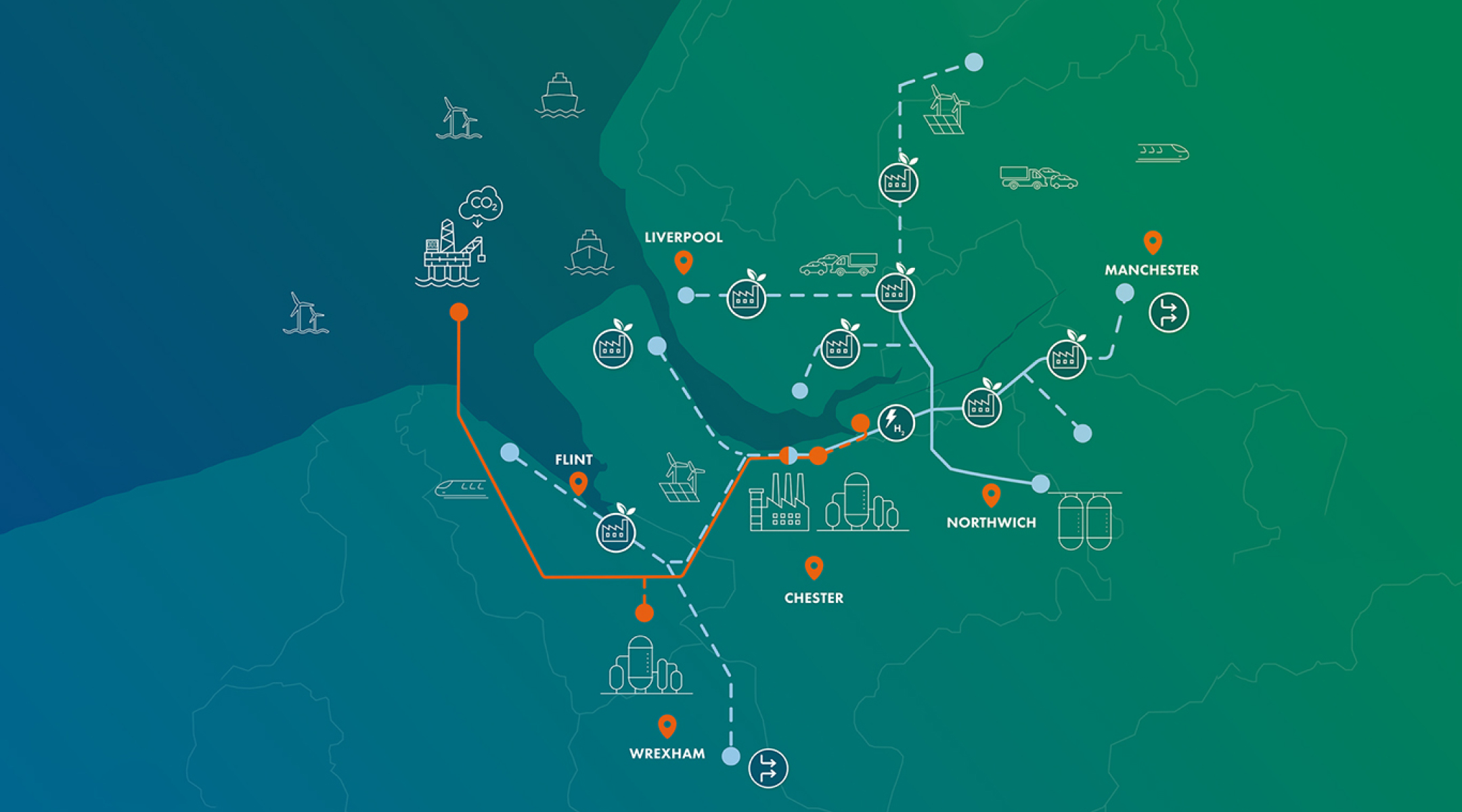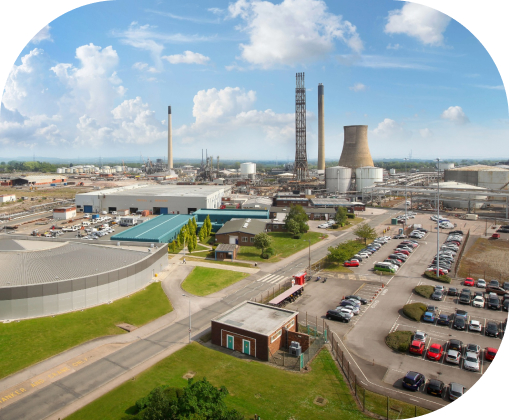
About Us
LEARN MORE ABOUT EET INDUSTRIAL CARBON CAPTURE
Delivering significant benefits
Scale
delivers materially significant emissions savings: ~1 MTPA
Proximity
direct access to the HyNet transport and storage CO2 onshore pipeline
Value for money to the taxpayer
lower Capital Expenditure per tonne of CO2 captured
Integration benefits
synergy generated from the heat-integration of the new plant with existing refining assets
Low operating costs
amongst the lowest operating costs per tonne of CO₂ emissions captured
Advanced technical development
significant milestones achieved in terms of licensor selection and project phase completed
Global leader
enables Stanlow to become one of the first low carbon process refineries globally
Levelling-up
creates and secures highly skilled employment opportunities
Securing manufacturing
ensures the UK maintains a strong, secure, low cost, low carbon manufacturing base by repurposing assets
Hynet deliverability
plays an important role ensuring HyNet fulfills its objectives to capture & store 4.5mtpa of CO2 by 2030
Energy security
contributes to a robust and resilient energy supply for the UK
Environmental benefits
significant reductions of contaminants from existing industrial stack
Carbon capture and storage (CCS) technology captures carbon dioxide from power generation, low carbon hydrogen production and industrial processes, storing it permanently deep underground where it cannot enter the atmosphere.
This technology is globally necessary, and the UK has an unrivalled asset – our North Sea, that can be repurposed and used to store captured carbon under the seabed.
At our EET Stanlow refinery, we will capture CO₂ produced by our refinery processes. The CO₂ will then be safely transported via an underground pipeline and securely stored in depleted gas reservoirs under the seabed in Liverpool Bay.
The Liverpool Bay CO₂ store will be up to 1km below the seabed and approximately 32km offshore. Once there, emissions will remain underground indefinitely, covered by a dense layer of shale.
Carbon capture and storage is a well-established, safe technology. It has been used safely for over 40 years around the globe.


Benefitting from HyNet
HyNet Northwest is an innovative low carbon and hydrogen energy project that will unlock a low carbon economy for the Northwest and North Wales and put the region at the forefront of the UK’s drive to net zero.
HyNet will reduce carbon dioxide (CO₂) emissions by 4.5 million tonnes every year by 2030 – the equivalent of taking 1.8 million cars off the road – whilst creating and maintaining thousands of local jobs. HyNet will be expanded to 10 MTPA after 2030. Find out more about HyNet at
www.hynet.co.uk
-
One of two Government selected ‘Track 1’ Clusters for industrial decarbonisation. HyNet is supported by fantastic geology with a natural end of life gas field in Liverpool Bay as a CO₂ storage and salt caverns for hydrogen storage.
-
HyNet is also home to a substantial industrial base – the largest in UK by manufacturing employment (340,000).
-
At the heart of HyNet, EET is the only supplier of large-scale, low carbon hydrogen in a perfect location within the cluster.

Proud to be part of EET
Essar Energy Transition is investing US$3.6 billion in developing a range of low carbon energy transition projects over the next five years, of which US$2.4 billion will be invested in the UK.
This investment supports the reduction of around 3.5 million tonnes of carbon dioxide, around 20% of the total industrial emissions in North West England.
EET Industrial Carbon Capture is proud to be part of Essar Energy Transition.


 About Us
About Us Resources & Insights
Resources & Insights Contact Us
Contact Us